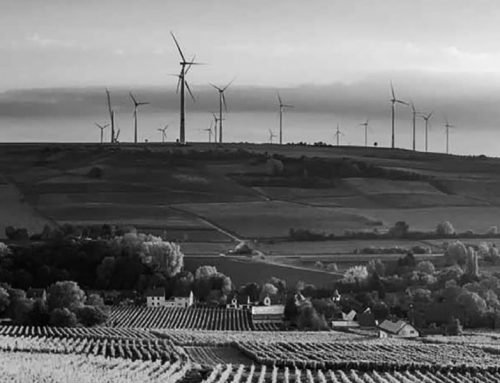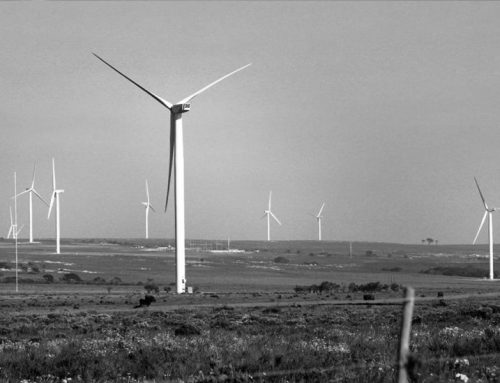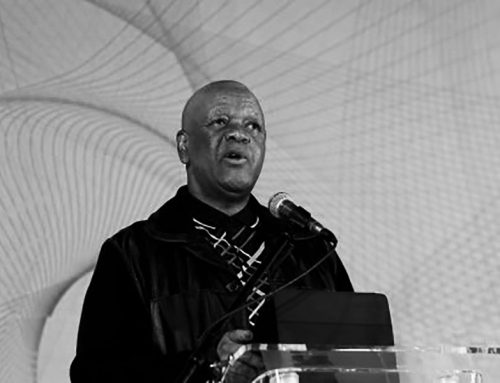Patience is bitter, but its fruit is sweet
Most people depend on the advice given by “trusted” financial advisors and asset managers, who have different investment horizons and promote asset classes such as shares (equities), bonds (fixed-interest stocks), property, commodities or cash. Many of these people look only at short term positions because they are rewarded “short-term”, typically on a quarterly basis and If they do look at the long-term, they often invest when “the train has left the station”. Long-term investors like Warren Buffet, are by and large in the long-haul and typically out-perform short term players


We chose infrastructure – and specifically energy infrastructure – as it is stable, necessary, delinked from whatever is happening in the economy, and delivers real returns as they are linked to CPI.
Once you have electricity – the more you have the more you want.
Energy then becomes a necessity during good and bad economic times; people will always require lighting, heating, security, entertainment and communication etc. Power enables us to do whatever we need; it is the “how we do it” that is important. Patience in how we do it ensures sustainability.
At Hulisani, we sell the fruit and not the tree. Patience is a tree; whose root is bitter but its fruit is sweet.
There are considerable benefits in being a patient investor in infrastructure as these investments compound over time and produce good returns in the long-term. Returns and yields on these investments improve with tenure, and the resulting fruit is sweet.
PPA’s (Power Purchase Agreements) are generally over a period of 15 to 30 years but the prospects for renewal are extremely good and can convert from 15 to 30 years and from 30 to 60 years. At the end of a PPA, the asset can be typically operated for a further 10 to 20 years.
The benefits of these investments are that they are incremental and that the assets have a long life thus compounding your returns over the long term. Energy projects often have up to 80% debt upfront which is “paid off” during the operation of the project, usually during the first 15 years. As these are long-term investments, during the first 12 years, yields are in the order of between 10 and 20%. Once the debt is repaid, the only cost is in the operation of the asset whilst the income remains constant, hence a return on investment of 60 to 90% per annum – or more.
As the assets are built in partnership with other players, government balance sheets are left untouched and thousands of jobs are created providing real socio-economic benefits beyond just the generation of power. Investments in energy infrastructure provide diversification across technologies, asset types and countries and gives institutions and individuals low risk and attractive long-term returns.
Sustainability is key – somewhere throughout South Africa and Africa it is often said that – “when the sun doesn’t shine, the wind blows and where the wind doesn’t blow, the sun shines”.
The real benefit of these investments is that they provide a platform for building real wealth and cash yield and gives companies the opportunity to reinvest dividends, buy new assets and repay any debt. There is also a trickle-down effect which benefits the community, the economic and socio-economic development, and ensures further sustainability in the communities in which we operate.
Hulisani is a company geared for growth and will grow exponentially.






